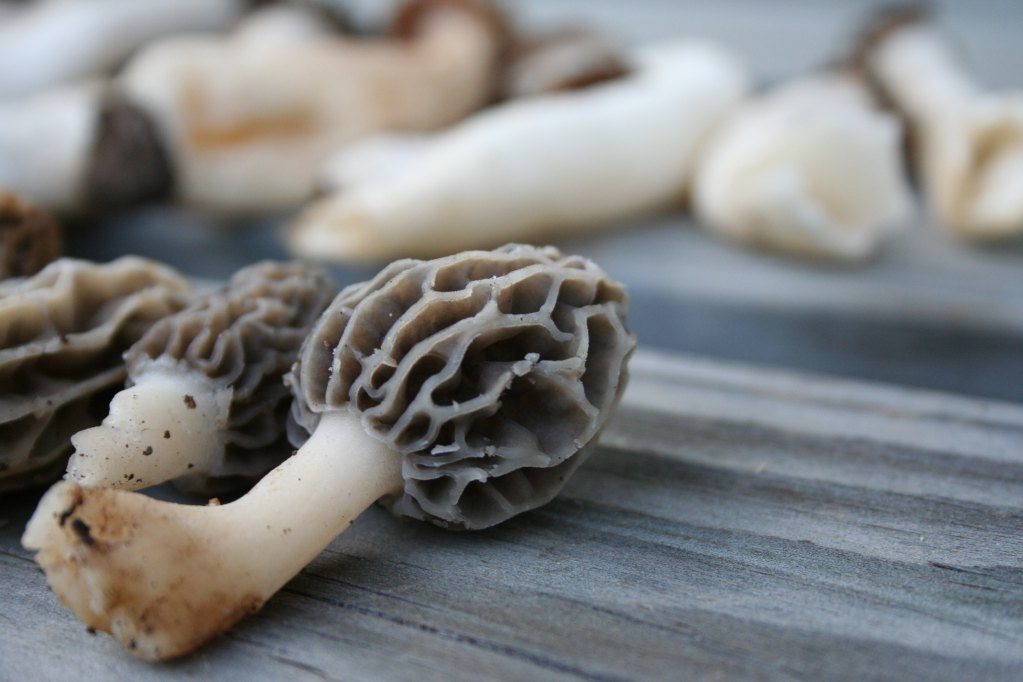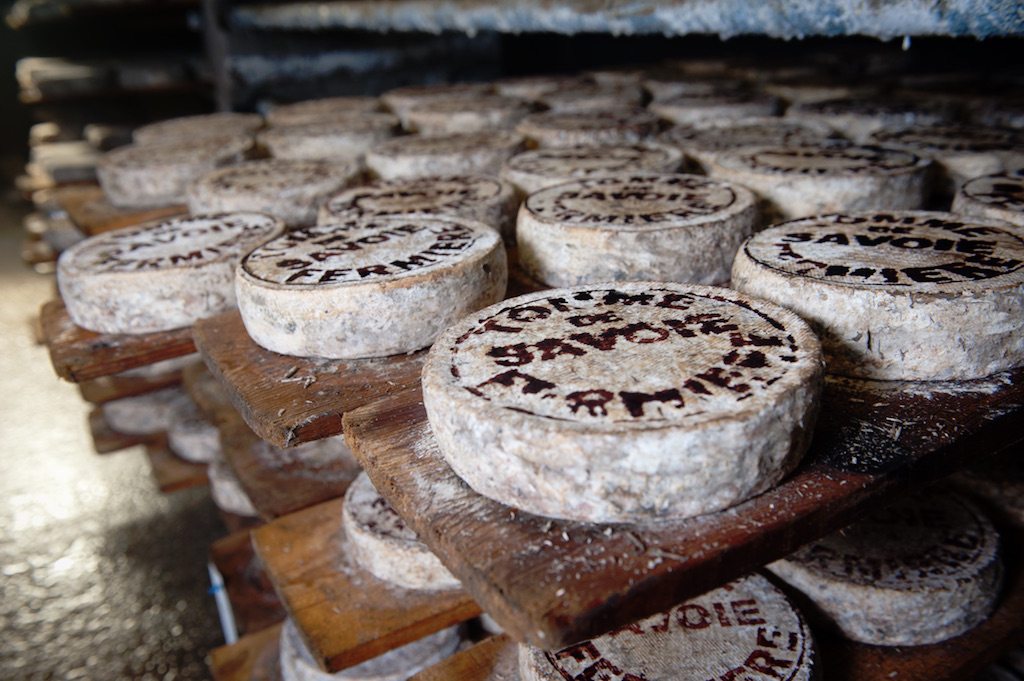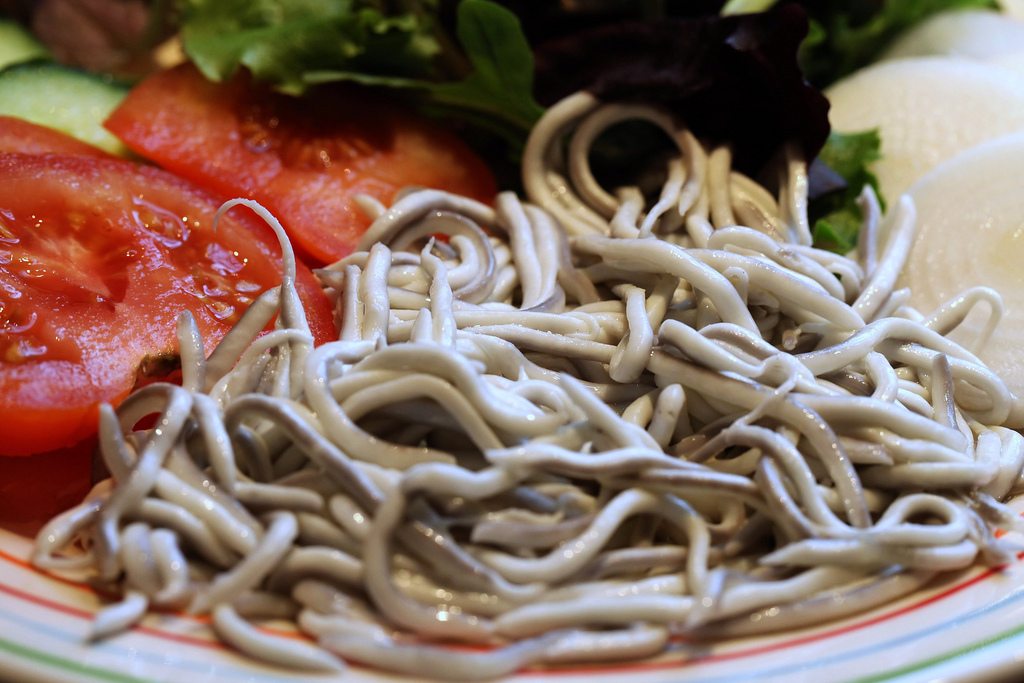I first learned to forage while camping in Oregon, traveling sporadically with homeless itinerants who knew the names of nearby restaurants that would buy king bolete mushrooms if you brought them to the back door between lunch and dinner hours. A good few hours foraging could net a bucketful of king boletes that sold for $40; relatively lucrative, especially for an activity with almost no barrier to entry.
Wild food foraging isn’t industrialized; it hasn’t been heavily regulated or taxed; no specialized equipment is required; transactions are still mostly in cash. And, of course, wild edibles grow nearly everywhere, if you know how to look for them and have an eye for what’s safely edible and what could be poisonous. Anywhere rainy, and not covered in concrete, you’re likely to find edible fungi you can sell.
But the foraging economy is changing, and soon the mushroom-picking homeless may be out of luck. Sourcing wild mushrooms has become its own business. Nowadays, a chef who wants king boletes can buy from distributors like Mikuni Wild Foods, Foraged & Found Edibles, Elegance Distributors, Foods In Season and Fresh & Wild, mushroom-sourcing middlemen whose reputations depend on providing quality product reliably.
There’s a premium to be paid when buying from distributors instead of straight from the source. But chefs are willing to pay up to lower their risk of selling poisoned product and to know they have a steady source of supply. Chef Charles Draghi of Boston’s Erbaluce says, “I am constantly approached by various amateur foragers who want to sell me mushrooms, particularly in the fall. I never buy mushrooms from these nascent foragers, not because I can’t recognize as edible the mushrooms that they bring me, but because these people are unknown to me, and I can’t vouchsafe for their harvesting practices.”
Hence the rise of the mushroom-sourcing middlemen, companies that buy directly from foragers and sell directly to restaurants—but with that crucial in-between step of quality control.
“Foragers who want to work with us—they come to one of our warehouses, or email us through our website,” says Tyler Gray of Mikuni Wild Harvest, one of the United States’ and Canada’s largest wild mushroom suppliers. Mikuni owns warehouses in Seattle and Vancouver and manages a network of foragers and buyers that spans North America. Its website hawks: “It has always been Mikuni’s goal to provide our customers with the highest quality of unique and sustainable wild foods.” To do this, it developed infrastructure that allows it to process products sold across the U.S. and Canada by thousands of independent foragers. By some indications, it’s a lucrative enterprise: investor funding platform Gust.com classifies Mikuni at the $10 million revenue stage and says the company employs 38 people.
King bolete mushrooms
Foragers near Vancouver or Seattle who choose to sell to Mikuni can simply bring their product to the company’s warehouses; the warehouses are staffed by Mikuni employees who are empowered to buy any food they like the look of. Further afield, Mikuni sends buyers to hot spots for seasonal foragers. If you’re picking porcinis in Telluride in August or king boletes in Coos County in late November, Mikuni probably has a buyer less than a day away, willing to inspect product and prepared to have it shipped back to one of the company’s warehouses.
The big risk of running a company like Mikuni is that you might accidentally sell a chef something inedible—thereby poisoning indelibly your reputation as a purveyor of quality goods. “Everything we sell,” says Gray, “gets touched about five times between the time they’re harvested and when they end up in a box to go out to customers. During that time, every person who touches it is an expert in understanding our product line and the ingredients we want.” Mikuni and other companies provide training in mushroom recognition to educate their buyers and employees.
 Shipping is tricky if you’re a company with a very perishable product and a reputation that relies on freshness. For seasonal hotspots near urban areas, Mikuni rents warehouses for months at a stretch to use temporarily as storage and processing plants for the thousands of mushrooms it’ll buy from local foragers. Farther afield, the company uses trucks to ship product from anywhere less than a day’s drive from a warehouse. Occasionally, Mikuni even charters planes to move large harvests from very rural areas.
Shipping is tricky if you’re a company with a very perishable product and a reputation that relies on freshness. For seasonal hotspots near urban areas, Mikuni rents warehouses for months at a stretch to use temporarily as storage and processing plants for the thousands of mushrooms it’ll buy from local foragers. Farther afield, the company uses trucks to ship product from anywhere less than a day’s drive from a warehouse. Occasionally, Mikuni even charters planes to move large harvests from very rural areas.
Mikuni is one of the largest, oldest, and most well-reputed wild food distributors, and like competitor Michigan-based Elegance Distributors, it courts both established foragers and enthusiastic amateurs. Burdette Pombier, Elegance’s propritoer, says there are advantages to both. “The foragers with a history of picking have bad habits and good traits. With the rookies, they might not know much but if they can be trainable it makes it better.”
For itinerant foragers, hawking to distributors instead of to back doors can be a hassle. Signing up to sell through a website like Mikuni’s actually costs resources and time if you’re living, say, without regular internet. Even the largest distribution companies are still scattered, upping the hassle for travelers; a vagabond who leaves the Pacific Northwest and doesn’t strictly follow Mikuni’s seasonal warehouse progression won’t be able to sell to Mikuni for most of the year, even after signing up on the website.
Still, the system is not going away. The advantages it provides to all parties are too obvious. Sellers—itinerant and settled both—no longer have to unload their products door to door, selling to chefs who may be unwilling to give them a fair price for their pickings. Meanwhile, buyers have at least some assurance that what they’re buying is not inedible. Given this, it’s no surprise that more chefs have started putting wild mushrooms on the menu. Sure, it’s a niche market, but there’s clearly room—and infrastructure—to grow.












